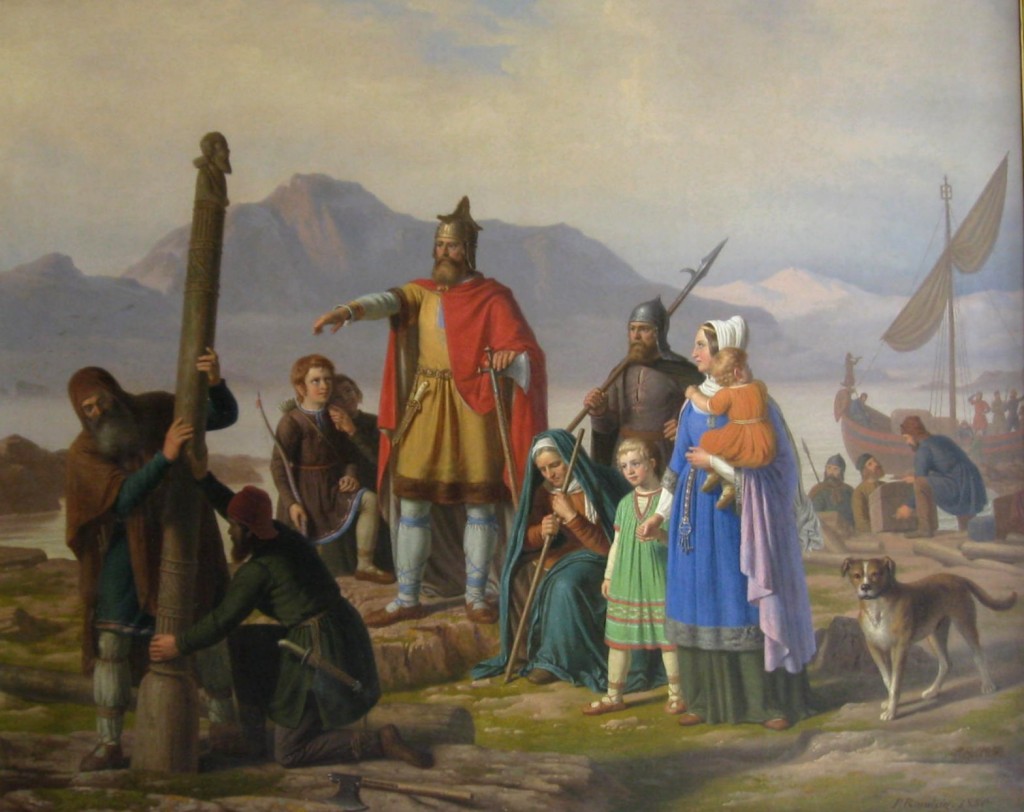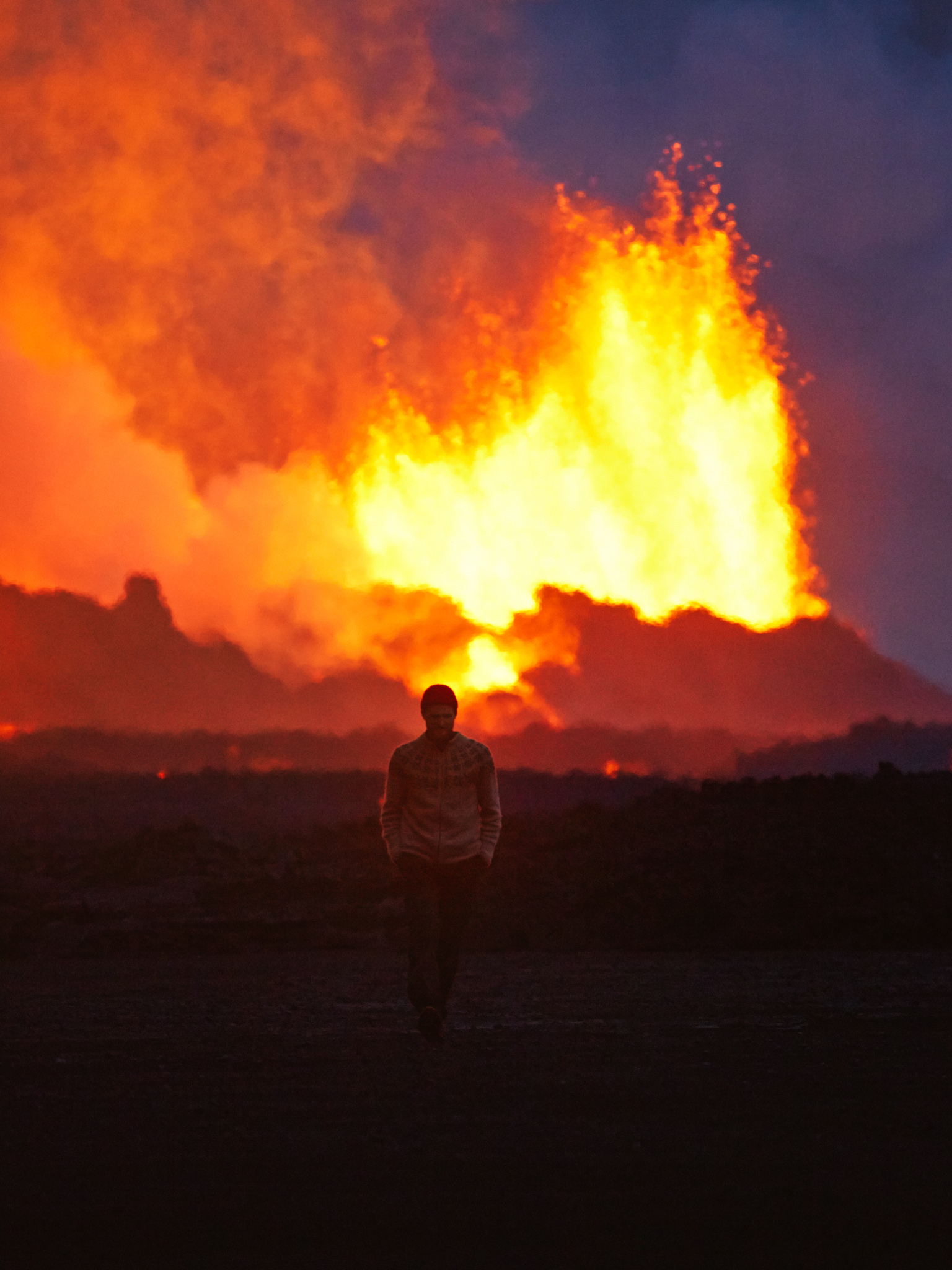Engis biður ein á strönd
— elsk að friði— þysinn,
Stormaklið né lýð um lönd
lóa fiðurgisin.
[Alone on the beach, the feathers worn and shabby, the peace loving bird tries to evade the noise and the storms that blow through the lands.]
̶ Guðmundir Friðjónsson
The above is from an amazing recording of rímur sung by Steindór Andersen, a renowned kvæðamaður, or traditional chanter. This verse is from an old recording, but it is followed by additional verses in a modern, rock-like orchestration by Hilmur Örn Hilmarsson. Both men have worked with Sigur Rós. The sentiment is appropriate to my investigations in Iceland. This small, peace-loving island country has weathered many storms blowing across the sea from powerful continental tempests. While mistakes have been made, Iceland is a place where people seem to believe that problems can be solved. This attitude is in sharp contrast to the morbid passivity and defeatism that enshrouds some of the larger and louder nations. To understand this, I’ve been speaking with a variety of Icelanders. It is just a first step. I have been merely introducing myself and establishing some rapport so that these issues can be explored in greater depth by correspondence. It has proven both informative and delightful. The egalitarian Icelanders care not that I have little prestige — I’m merely a curious Canadian. People ranging from civic and national politicians and civil servants to academics, musicians, and filmmakers, have all given me precious time and honest talk. I must thank, among them, Ásgrímur Sverrisson, Kári Gunnarsson, Sveinn Guðmundsson, Herdis Sigurjonsdottir, Stefán Baldursson, Sibeso Imbula, and Sigurður Bjorn Blondal. There will be others to thank in the days to come.
Solving the problems that face a nation is not served by concocting utopias, but by observing sound principles of fairness and reason. I was delighted that everyone I spoke with seemed to take that approach. There was no whining. As one of my informants observed, in the wake of the financial crisis of 2008 some of the people responsible for the debacle were later instrumental in correcting it. Apparently, the well-being of the country in the end overruled stubborn pride. This was a remarkable point to make. Every nation, like every extended family, has its fools, and even the wisest have their moments of foolishness. But it is a strong family indeed that has fools who learn from their folly. When I was in Iceland the first time, shortly after the crisis, I did not find people in a panic or a rage. I found people who knew that they had made mistakes, and were determined to correct them. Now that I am back, I see the results of those efforts, and they are impressive. Canadians could learn from this. We are not a small, tightly bound together country like Iceland. Indeed, we are loose and sprawling, with many factions barely aware of each others’ existence. But we are not a torpid giant like our neighbour to the south, and not condemned to moral and intellectual paralysis — unless we so choose.
We are now entering a time of much greater perils than mere stock market crashes. We will have to step nimbly to survive.


